Can Atex Cameras Withstand Subzero Temperatures – A Complete Guide!
ATEX cameras are designed to withstand subzero temperatures, featuring built-in heaters and durable materials. They provide reliable monitoring in extreme cold environments, ensuring safety and operational efficiency in hazardous conditions.
ATEX cameras are specially made to work in dangerous environments, such as places where explosions could happen. But one question remains: Can they handle freezing temperatures? This article will explore how well ATEX cameras work in extremely cold environments and why they are essential for industries that need reliable monitoring in these conditions.
Understanding Intrinsically Safe Cameras:
Intrinsically safe cameras are designed to prevent sparks, heat, or any kind of electrical failure that could lead to explosions in hazardous areas. These cameras are widely used in industries like oil, gas, and chemical plants, where safety is a top priority.
ATEX-certified cameras meet strict European safety guidelines, ensuring they are safe to use in potentially explosive atmospheres. In addition to their safety features, these cameras are also built to withstand harsh weather conditions, including freezing cold.
The Importance of Intrinsically Safe Cameras in Cold Storage Environments:
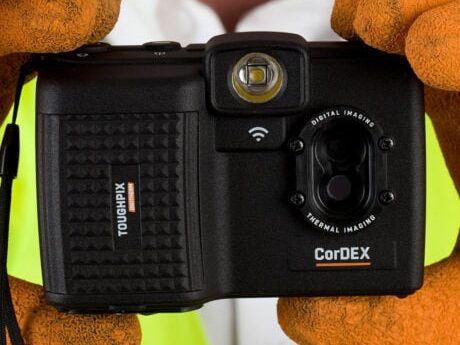
Cold storage facilities, such as those used in food production and pharmaceuticals, must keep items at freezing temperatures to preserve quality. Monitoring in these settings can be tricky because of the extremely cold environment.
Intrinsically safe cameras are essential in these settings because they continue to work efficiently, even when temperatures drop significantly. These cameras not only maintain security but also ensure that the equipment and stored goods are safe from harm.
How ATEX Inspection Cameras Perform in Subzero Temperatures?
ATEX cameras are designed with tough, weather-resistant materials that help them function in freezing temperatures. In subzero environments, these cameras continue to provide high-quality video and perform well.
They often come with built-in heaters that keep the camera’s parts from freezing, allowing them to function without any interruptions. Whether it’s for an Arctic drilling operation or cold storage, these cameras ensure safety and operational efficiency in freezing weather.
The Need for Intrinsically Safe Cameras in Cold Storage Environments:
In industries where cold storage is essential, equipment failures can be costly or even dangerous. Standard cameras may not function properly in freezing temperatures, which is why intrinsically safe cameras are critical.
These cameras can handle extreme cold while ensuring no sparks or overheating could lead to accidents in potentially hazardous areas. Cold storage facilities benefit greatly from the safety, durability, and consistent performance of ATEX cameras.
Also Read: How do you Spell Camera – Tips, Tricks, and Fun Facts!
ATEX Inspection Cameras and Subzero Conditions:
ATEX inspection cameras are built to endure harsh, freezing conditions. They are designed to keep working even when exposed to ice, snow, and freezing winds. Their sturdy casings protect the camera from damage, and their internal heaters ensure that the camera continues to operate effectively, even when the temperature drops below zero. These features make ATEX cameras an excellent choice for industries operating in cold climates.
Can ATEX Inspection Cameras Handle Extreme Cold?
Yes, ATEX inspection cameras are made to handle extreme cold. They include special features like heated enclosures and durable materials that keep the camera’s internal components safe from freezing temperatures. Whether it’s in a frozen industrial site or during winter operations, ATEX cameras maintain their functionality, ensuring that monitoring and inspections can continue without any issues.
Evaluating the Durability of ATEX Inspection Cameras in Extreme Cold:
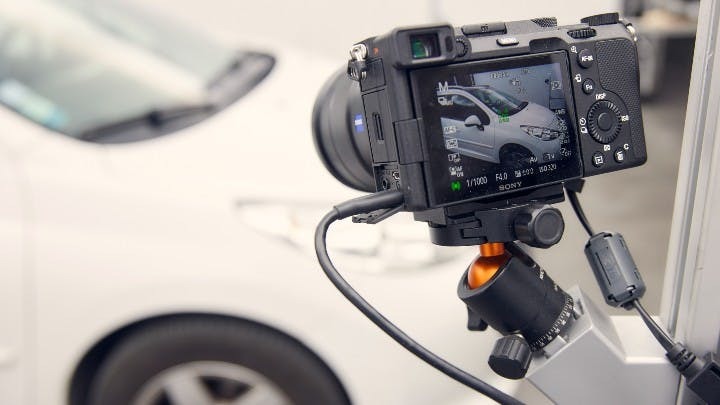
ATEX cameras are designed to be highly durable. When exposed to extreme cold, these cameras resist damage caused by freezing temperatures. Their weatherproof enclosures keep snow, ice, and moisture out, while advanced heating systems keep their parts from freezing. This makes them reliable tools for companies that need dependable surveillance and inspection capabilities in freezing environments.
ATEX Zone 1 vs. ATEX Zone 2 Cameras:
ATEX-certified cameras are categorized into different zones based on the level of hazard in the environment. Zone 1 cameras are for areas where explosive atmospheres are likely to occur, while Zone 2 cameras are used in less dangerous environments. When working in freezing conditions, it’s essential to choose the right ATEX zone camera that fits the safety needs of your specific environment.
Special Considerations for Cold Storage Environments:
In cold storage settings, there are unique challenges such as condensation, frost, and the need to maintain a constant temperature. ATEX-certified cameras in these environments need to be highly resistant to moisture and able to function in freezing temperatures. Proper placement and maintenance of these cameras are crucial to ensure they continue operating without any issues.
ATEX Pipe Inspection Camera System:
In industries like oil and gas, pipe inspections are necessary to ensure there are no leaks or blockages. ATEX pipe inspection cameras are essential for this task, even in freezing temperatures. These cameras can withstand the cold while delivering clear and accurate video footage, helping maintenance teams find and fix potential problems before they become major issues.
Also Read: How to Save Instagram Videos to Camera Roll – Step-by-Step!
ATEX Inspection Cameras and Their Cold Weather Capabilities:
One of the biggest advantages of ATEX inspection cameras is their ability to work in cold weather. These cameras are equipped with features like anti-fog lenses and built-in heaters, which allow them to function perfectly even in icy conditions. Their cold-weather capabilities make them a great choice for outdoor industrial sites or extreme weather situations.
Choosing the Best Camera for You:
When choosing an ATEX camera, consider factors like the environment in which it will be used, the temperature range, and whether it’s a Zone 1 or Zone 2 hazard area. If you expect the camera to work in freezing conditions, look for features such as built-in heating and weatherproofing to ensure long-lasting performance.
The Benefits of ATEX Cameras Withstanding Subzero Temperatures:

The ability of ATEX cameras to withstand subzero temperatures provides several benefits. These include reliable monitoring in extreme weather, longer camera life, and reduced equipment failure in critical situations. Whether in a cold storage facility or an outdoor industrial site, ATEX cameras ensure that safety and operations are never compromised by freezing conditions.
The Features They Bring:
ATEX cameras come with various useful features that make them ideal for extreme environments. These include explosion-proof enclosures, infrared night vision, and real-time remote monitoring. These features ensure that no matter the environmental conditions, the cameras will continue to provide high-quality monitoring.
Explosion Proof Zoom IR Camera
An explosion-proof zoom infrared (IR) camera combines powerful zoom capabilities with night vision. These cameras can be used in freezing temperatures, ensuring that surveillance continues even in the most challenging environments.
PTZ Camera
A Pan-Tilt-Zoom (PTZ) camera allows for full control of the camera’s view, making it ideal for large areas. ATEX-certified PTZ cameras work well in freezing conditions, giving you a wide field of view in cold and hazardous environments.
Mini IR Camera
Mini infrared (IR) cameras are small and perfect for monitoring tight spaces. These cameras are designed to function in freezing temperatures, making them ideal for both indoor and outdoor use in hazardous environments.
Fixed Dome Camera
Fixed dome cameras are known for being discreet and durable. ATEX-certified fixed dome cameras are built to survive freezing conditions while providing reliable surveillance. They are a popular choice for long-term security in cold environments.
FAQ’s:
1. Can ATEX cameras operate in freezing temperatures?
Yes, ATEX cameras are built to handle subzero conditions using weather-resistant materials and built-in heaters to ensure uninterrupted operation in freezing environments.
2. Why are ATEX cameras essential for cold storage facilities?
ATEX cameras ensure safety and security in cold storage environments by operating reliably even in extreme cold, helping to prevent equipment failures and costly damage.
3. Do ATEX cameras need special maintenance in cold environments?
While ATEX cameras are built for durability, proper placement and routine maintenance are essential to prevent issues like condensation or frost build-up in freezing conditions.
4. How do ATEX cameras prevent freezing in subzero temperatures?
ATEX cameras often feature built-in heaters and weatherproof enclosures, which keep their internal components from freezing, ensuring consistent performance in cold environments.
5. Are there different ATEX camera zones for cold environments?
Yes, ATEX cameras are classified into Zone 1 for high-risk areas and Zone 2 for less dangerous environments. Choosing the correct zone ensures optimal safety in cold conditions.
Conclusion:
ATEX cameras are essential for industries operating in subzero conditions, offering durability and consistent performance in extreme cold. With features like built-in heaters and weatherproof enclosures, these cameras ensure reliable monitoring, even in the harshest environments. Whether in cold storage facilities or outdoor industrial sites, ATEX cameras provide safety, prevent equipment failures, and maintain operational efficiency, making them indispensable for industries needing dependable surveillance in freezing temperatures.
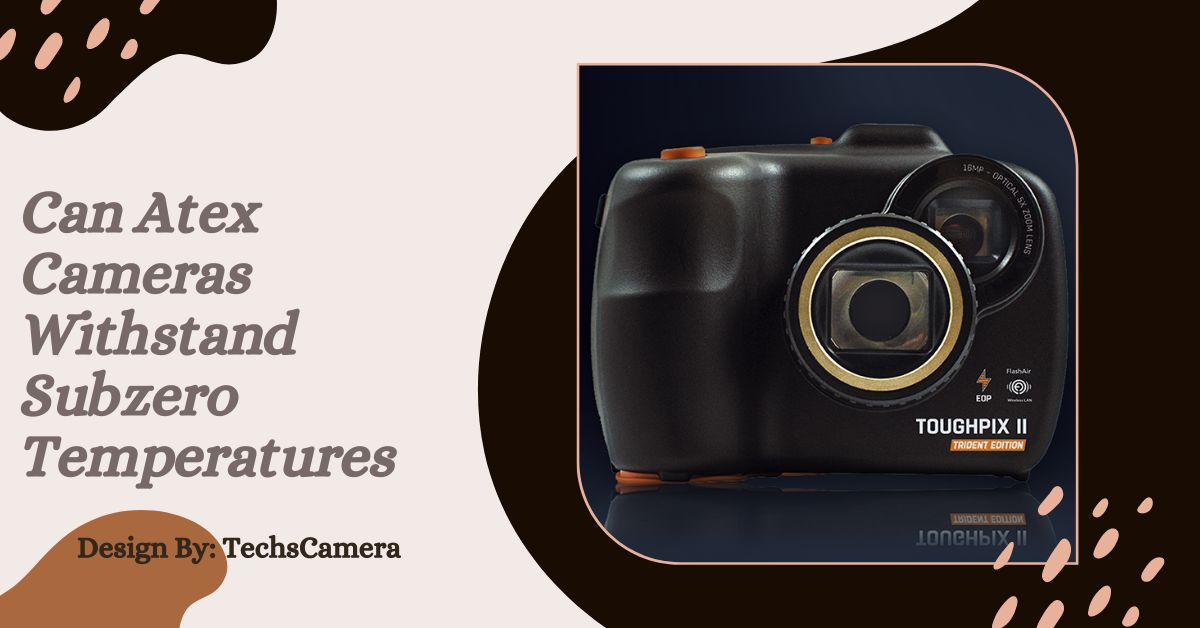
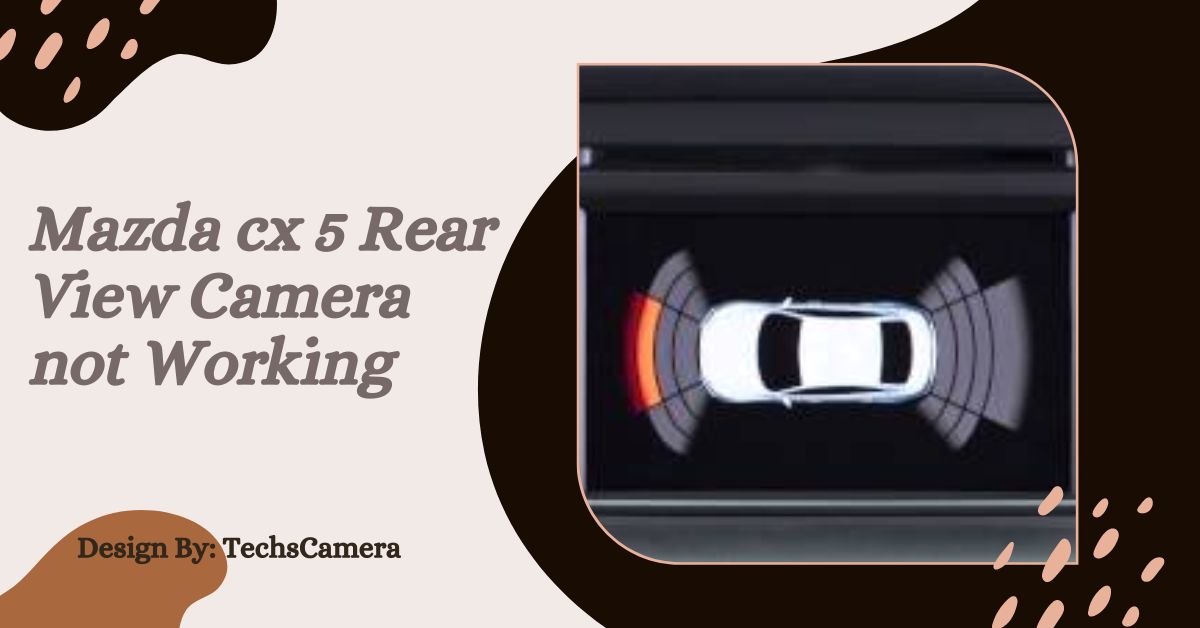
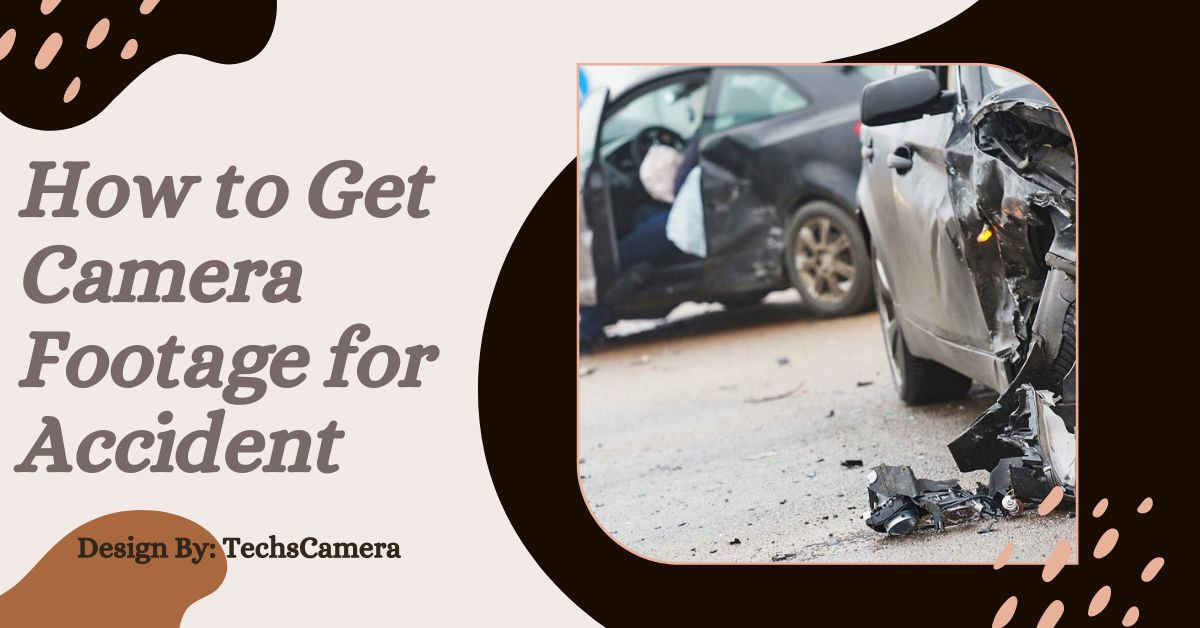
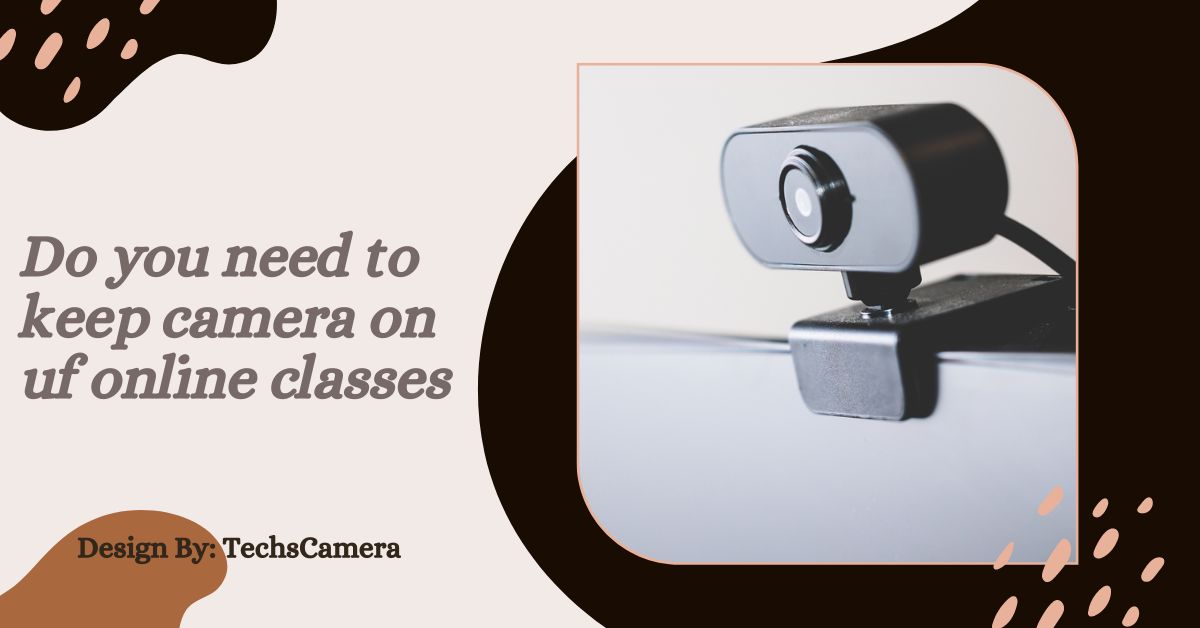

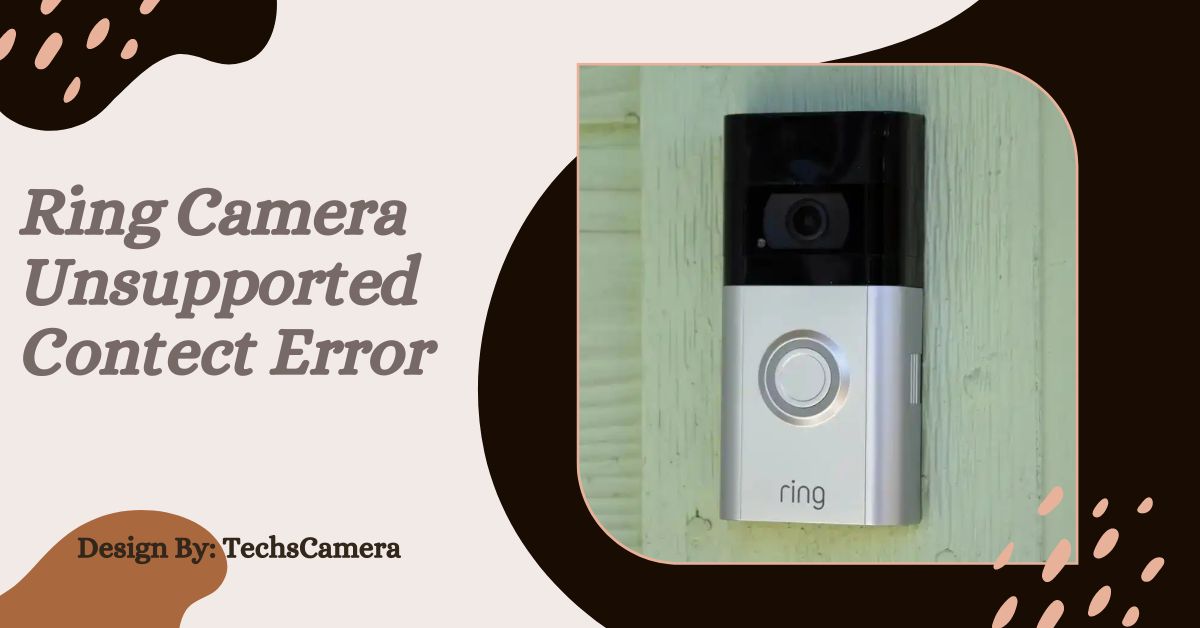

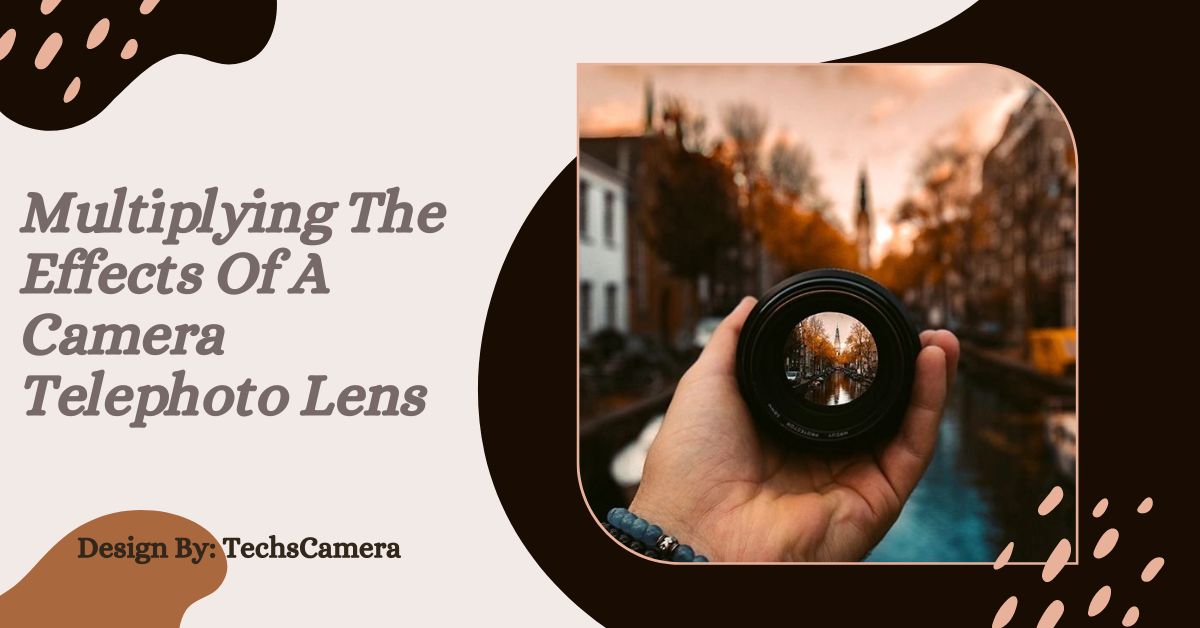

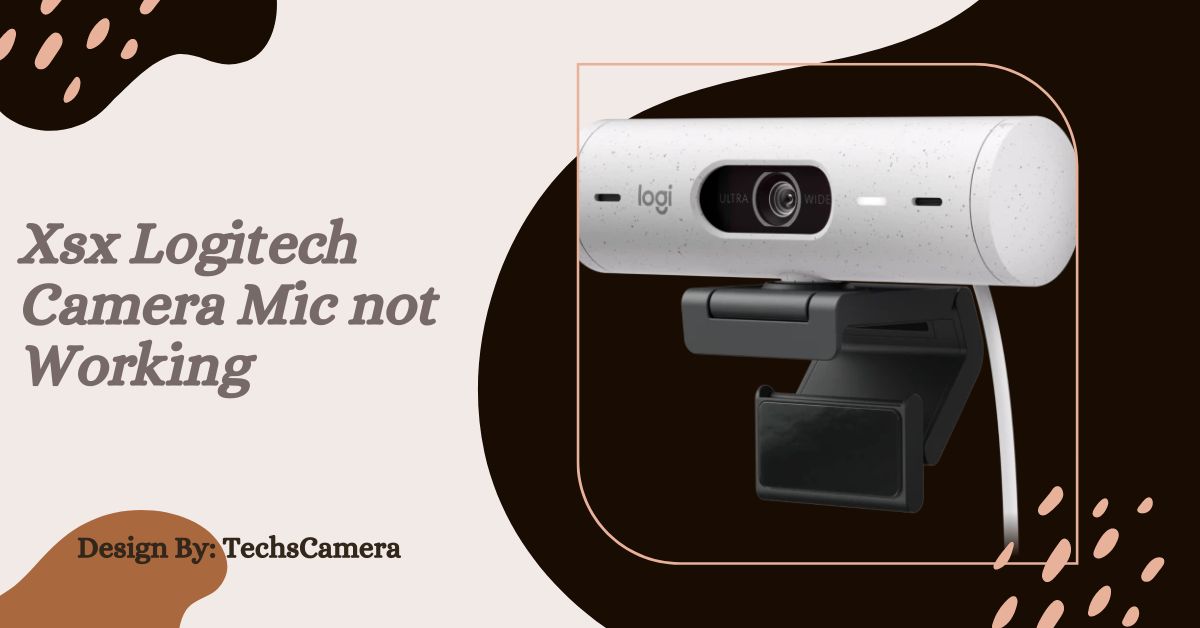

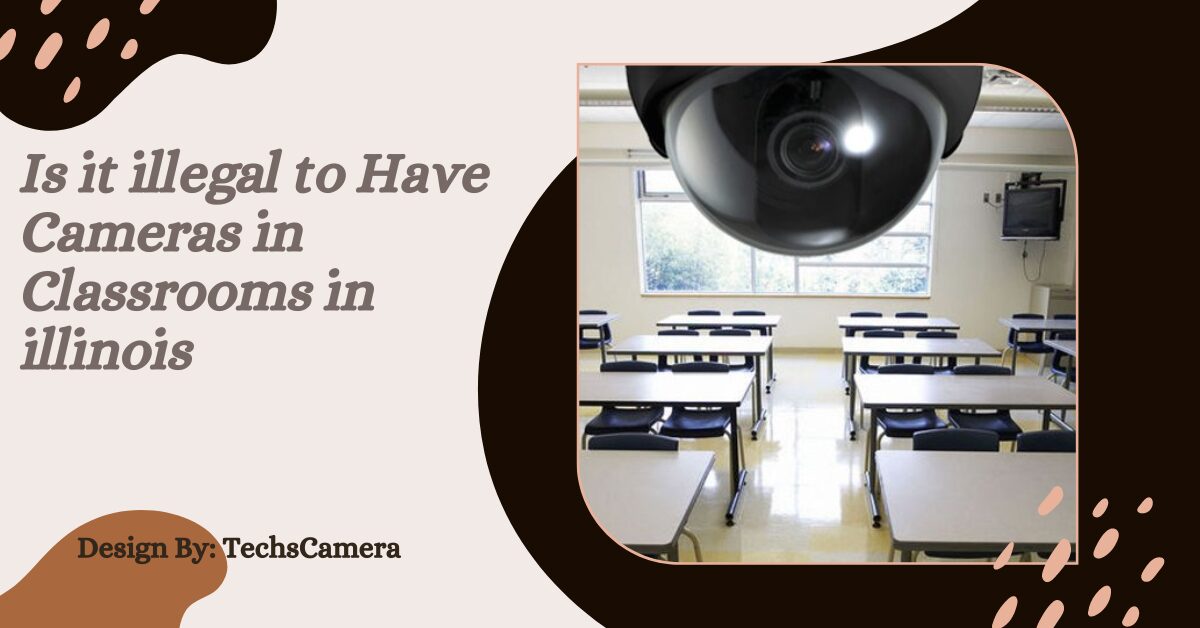
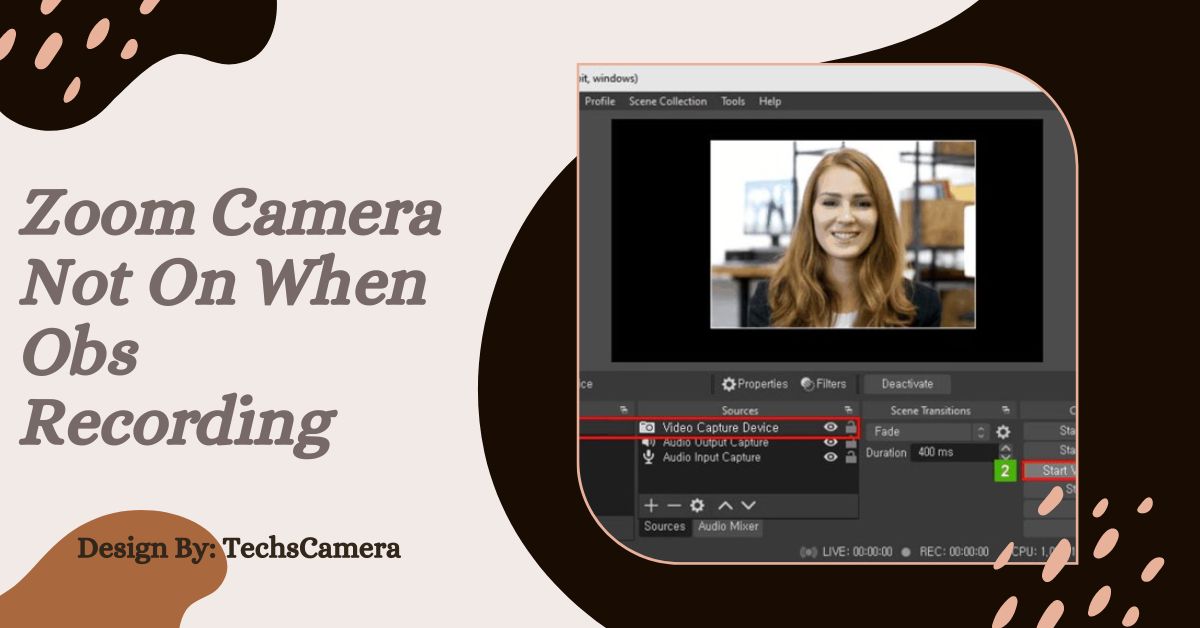
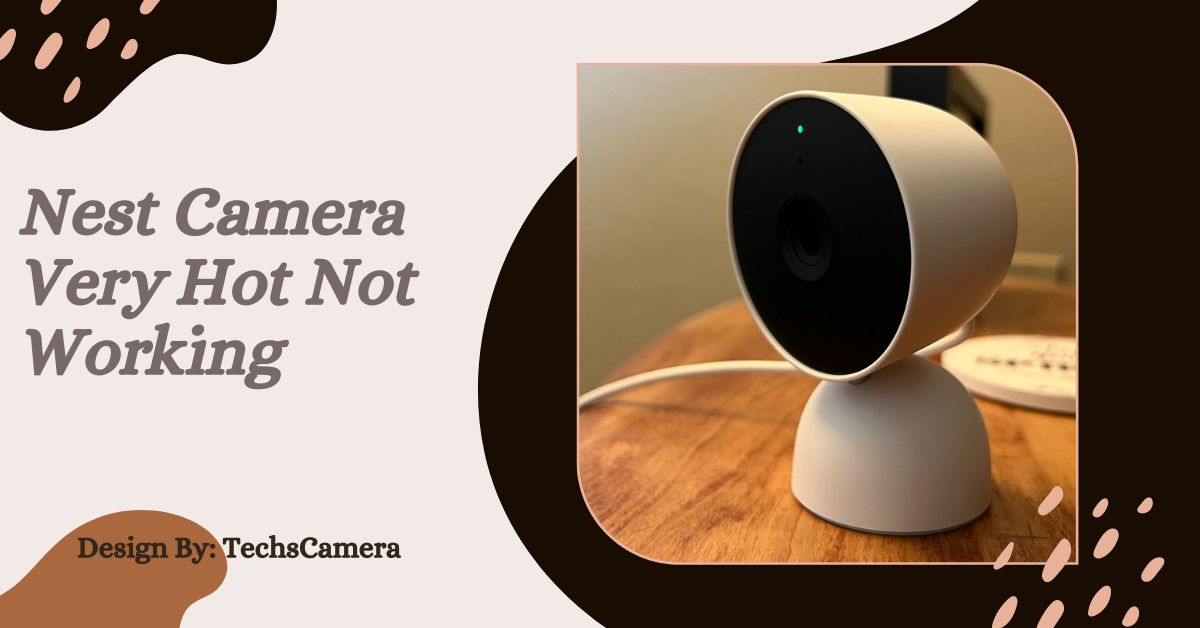

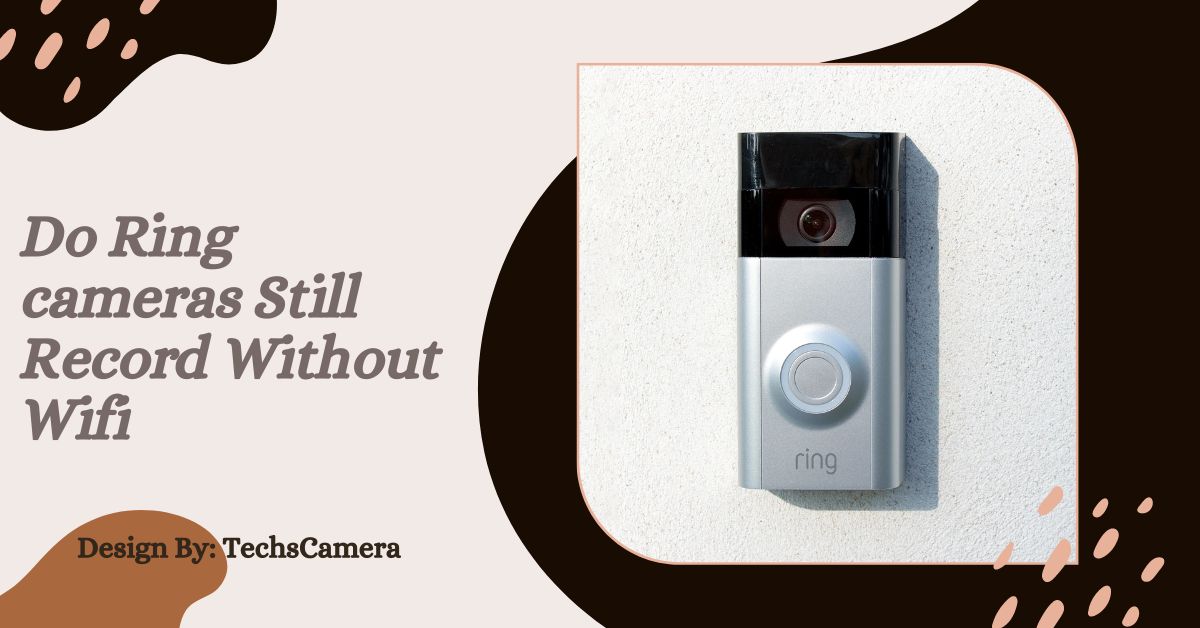



Leave a Reply